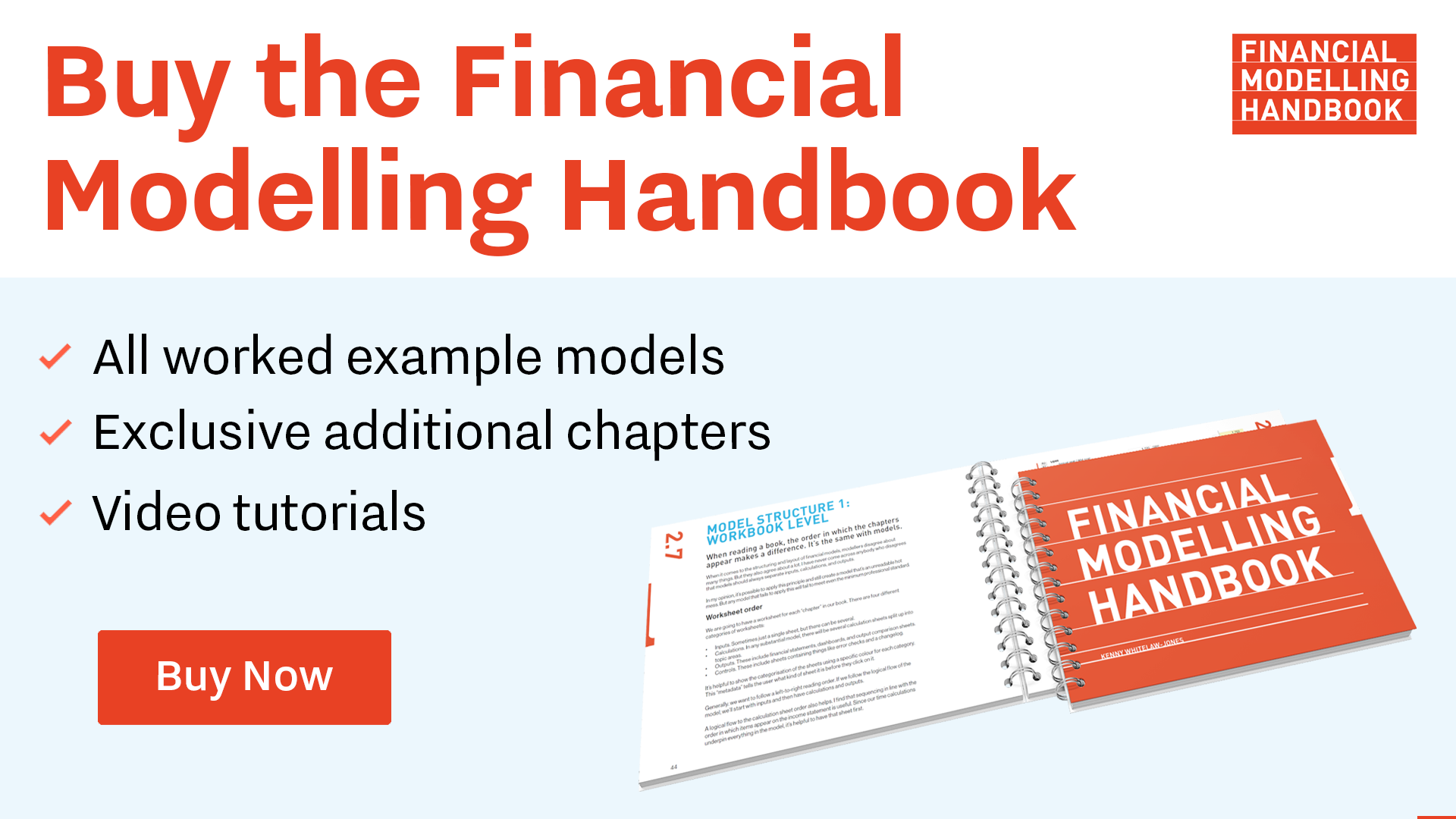The benefits of a good financial modelling system
A good system is external scaffolding for your brain.
The amount of information you can process at any one time is limited. This is known as cognitive load. Cognitive Load Theory was developed by John Sweller. He published a paper on the subject in the journal Cognitive Science in 1988.
Cognitive load is the amount of working memory being used. Think of it like the RAM in your computer, only for the human brain. There is a certain amount of RAM on your computer, and if you overload it, everything starts to slow down.
The subject of Cognitive load has been studied a lot in aviation and is something all pilots are aware of. There are multiple sources of cognitive load in the cockpit:
- Situational awareness. Pilots need to know where they are and what's happening around them. For example, being aware of other aircraft taking off or landing.
- Information processing. There is data coming at pilots constantly, from instruments and from the environment.
- Decision making. Pilots need to combine their situational awareness with the constant stream of data and make moment by moment decisions.
In normal flight, handling these tasks is well within pilots' cognitive capacity. When things start to go wrong, pilots can quickly become overloaded- a point known as "task saturation".
This is why passenger jets have two pilots. In an emergency one pilot can focus on flying the plane, one can manage the situation and handle communication.
As a good friend who is a long haul airline pilot said, "I'm not paid for what I do, I'm paid for what I might have to do".
Given the limits on cognitive load, neuroscience agrees that effective thinking requires some kind of externalisation; we need to be able to delegate some tasks to an external system to reduce cognitive load.
A todo list app is an example of this. In Getting Things Done, David Allen talks about achieving a "mind like water" when all of the requirement to track what needs to be done is delegated to an external system.
And to continue our aviation comparisons, pilots externalise information into checklists, to reduce cognitive load at key points in the flight.
A good system makes you think less.
To quote philosopher Alfred Whitehead:
It is a profoundly erroneous truism, repeated by all copybooks and by eminent people when they are making speeches, that we should cultivate the habit of thinking of what we are doing. The precise opposite is the case. Civilization advances by extending the number of important operations which we can perform without thinking about them.
This is what I achieved with my orange socks. It allowed me to eliminate wasted thinking time by reducing the number of decisions I need to make.
Decision making is tiring. A good system will reduce the number of times you need to make decisions about the same things repeatedly. This leaves time and cognitive bandwidth for doing the kind of thinking that matters.
A good system allows you to break big tasks into small easily achievable and repeatable steps
If the structure remains consistent, the workflow that you use can be repeatable. Our brains love routine and when you repeat things frequently you get better at them.
You can complete and switch between tasks easily, without the structure being compromised. And when you do switch tasks you don't lose sight of the big picture. You are held by the "external brain scaffolding" that the structure provides.
A good system relieves you of the need to plan everything
Planning is top-down. It puts you on a pre-determined path. And yet the end goal of modelling is to produce insight, which cannot be planned ahead of time. If your workflow and structure are good, you can rely on them to keep you on track and guide the work.
You don't need to plan.
You're open to insights.
You can make small adjustments as you go.
A good system helps you to focus on one thing at a time
The evidence is pretty clear that humans are terrible at doing two complex things at once. We commit more errors when juggling many tasks at once, and we take longer. Sometimes twice as long.
Models can be big and complex. This complexity can be overwhelming. A good modelling workflow allows you to escape the weight of the complexity and focus on completing one small step at a time. Solve this problem. Then the next. Without jumping around trying to fix everything at once. Build this one calculation. Then the next one. Then think about how they fit together. Without a workflow made up of small, repeatable, efficient steps, I frequently see modellers trying to solve everything all at once and becoming overloaded.

Comments
Sign in or become a Financial Modelling Handbook member to join the conversation.
Just enter your email below to get a log in link.